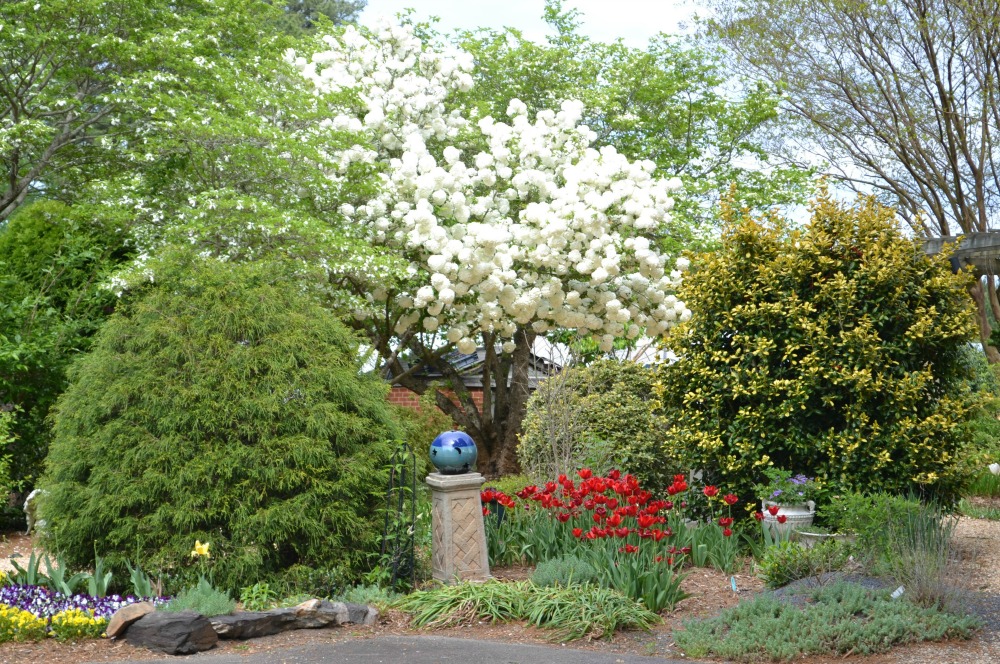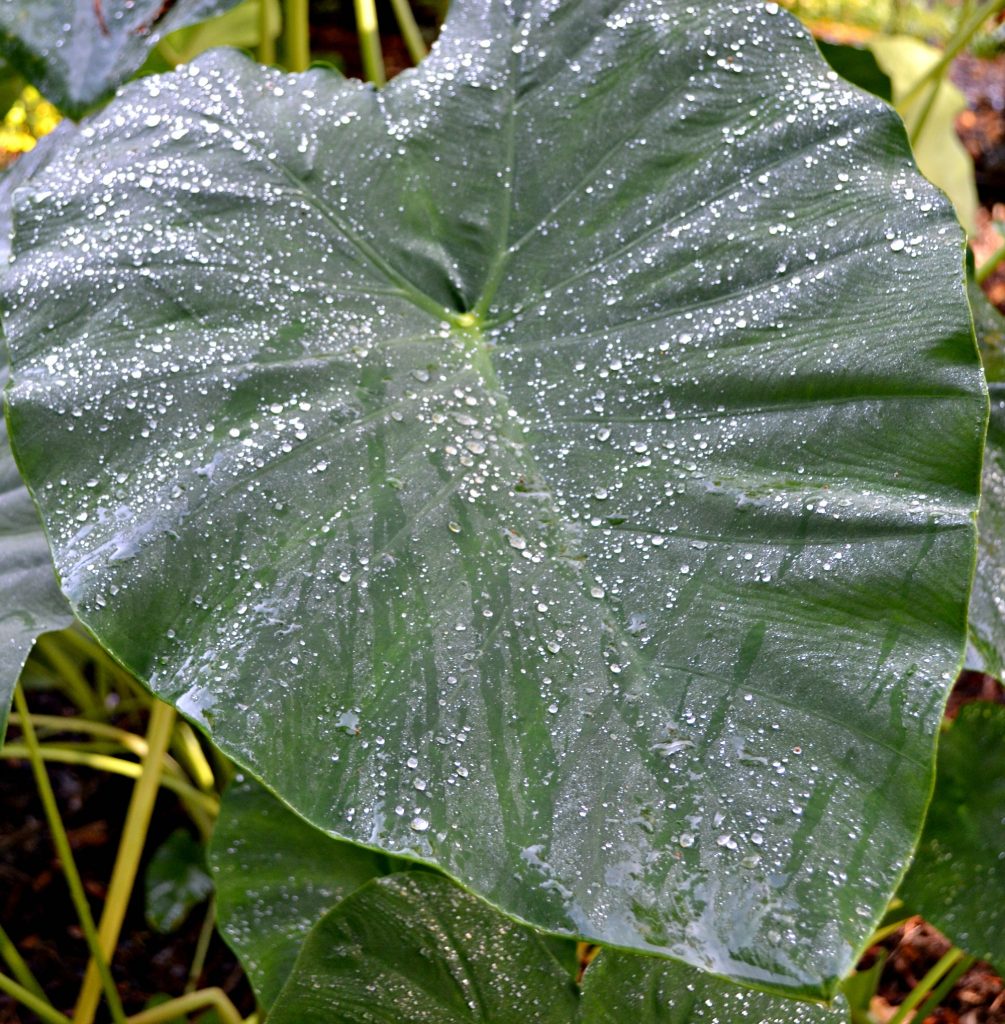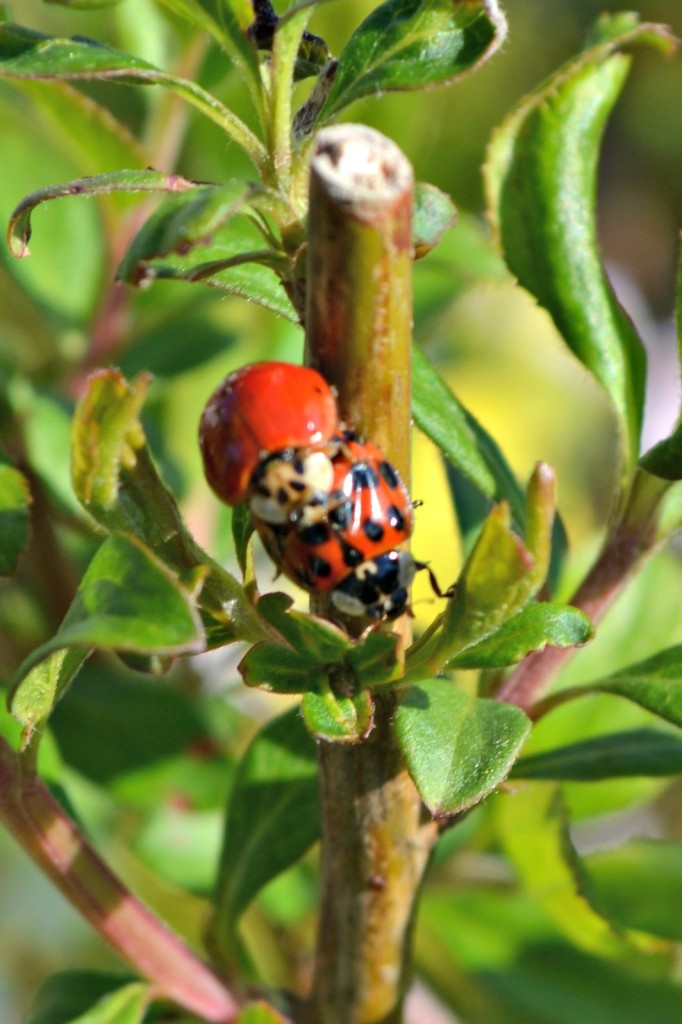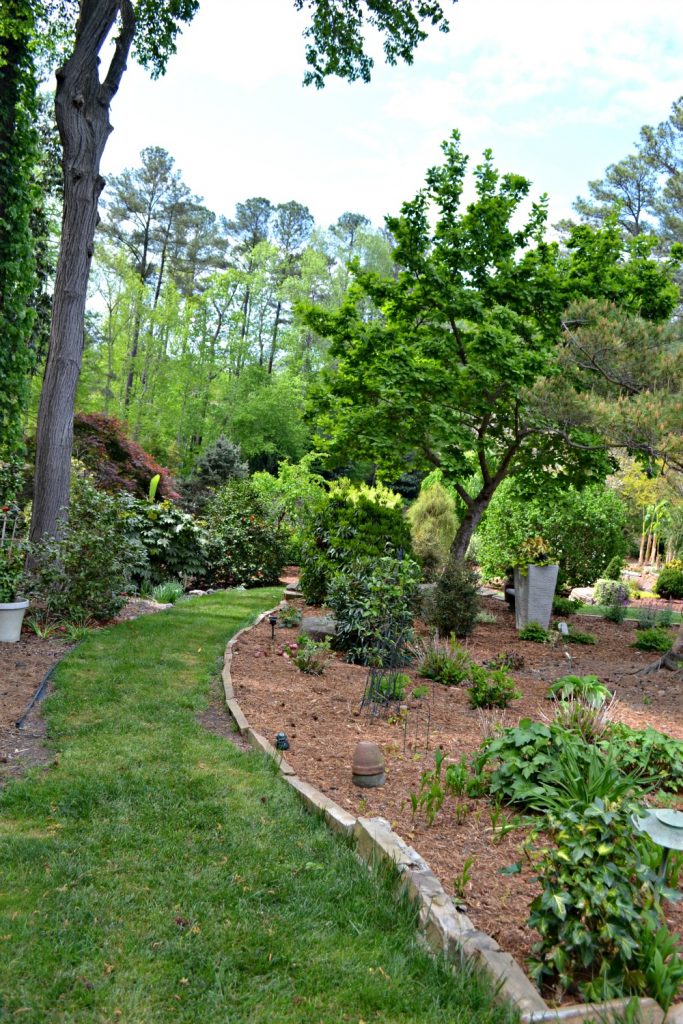What’s Bugging My Plant?
Balky plant? Correct placement is required. A good plant located in an inappropriate location makes for an unhappy plant. A plant that requires lots of sun will fail to thrive if planted in a shady location, and, a moist loving plant will not thrive if located where it is dry. Plants (this includes vegetables, flowering annuals, perennials, shrubs and trees) have an ideal climate requirement, try to get as close as you can for Goldilocks’ reaction of “just right”. Disaster is not far away if location requirements are ignored.

Proper moisture, too much can be the kiss of death for many plants. Interestingly enough, plants sometimes respond to too much or too little in a similar way, they can droop. A simple test to check the moisture is always a good way to determine soil moisture. (If putting your finger into soil might ruin the manicure use a screwdriver to make the hole then place your fingertip in the bottom of the hole.) If the soil is dry or too wet try to determine why and make corrections.

Various bugs cause big problems especially this time of year. Just when everything starts to open up and look beautiful the insects wake up too. Nothing like a flush of beautiful blossom’s covered with “bugs” to ruin your spring mood! Before you grab the shotgun take time to identify the trouble maker first. Good results do not occur when using the wrong ammunition (insecticide). Identify your problem pest and use the appropriate treatment. It can be as simple as a spray of water or complicated enough to require expert help. Fairview, as always, has a talented staff to help you identify and determine the proper type of treatment.

Does the plant look “off color”, or not too thrifty? Most people would think it needs fertilizer. It might, or it might not. More than likely it is missing necessary nutrients in the soil as plants feed themselves. We feed the soil by applying fertilizer to the soil. Compost added to the soil makes for a healthy soil thus making happy plants. It acts as a mild fertilizer and mild fungicide. A slow release fertilizer, properly applied, is always a good remedy for landscape, lawn and container plants. Fast acting fertilizers are good for a flush of action, whether foliage or blossoms when needed. Many times fertilizer is the last thing a plant needs. Check under the leaves for another possible cause for the problem first.

There are more and more Ambrosia beetles showing up. Many of us are unfamiliar with them. Check your landscape “woodies” (trees and shrubs). They are active this time of year and through the summer. If you see toothpick like projections from the lower trunk or branches that crumble into dust when touched, or there is wilting foliage you probably have Ambrosia beetles. You may see pencil lead sized holes but the sand colored protrusions are the easiest indicator of unwanted problems. There is little to be done but to dispose of the affected plant material. Using a spray containing permethrin or bifenthrin on the trunk may work but timing is essential. They seem to prefer thin bark, as in ornamental flowering trees (Dogwoods, Crepe Myrtles, Styrax, Redbud, & Maples) however they attacked a 17 year old ornamental pomegranate in my yard last year. I cut out the trunks showing the “toothpick” protrusions, & burnt the trunks, so far so good!

Whenever considering “What’s ailing my plant?” look to cultivation first. Is it sunlight, water or a change in exposure or environmental impact? Many plant problems can be solved by addressing those issues first. When cultivation issues are ruled out, then we move onto pests and diseases and develop the proper plan of action.
Give us a call or send an email for specific questions…or send us pictures via our App!
Jean T.




